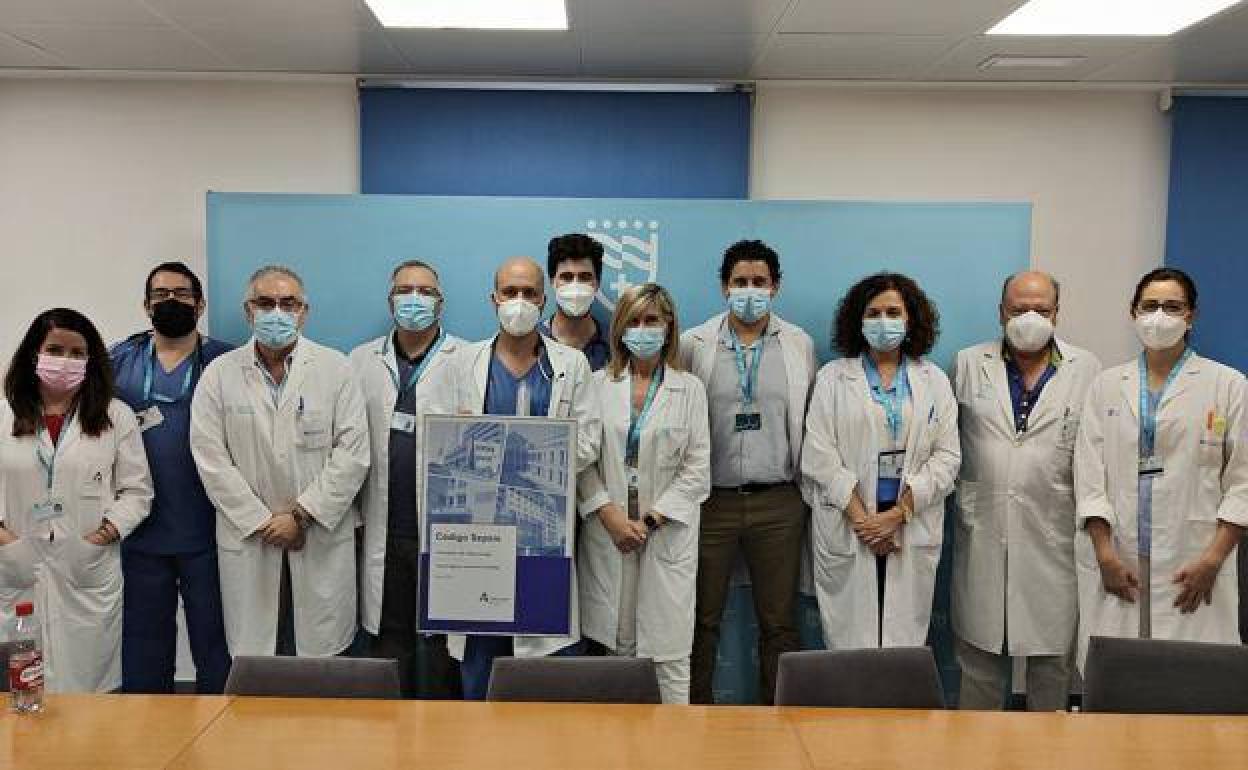

Sections
Highlight

The infections committee at Malaga’s Regional Hospital (formerly the Carlos Haya) has created a ‘sepsis code’, which sets out the procedure to be followed in a situation where a patient could develop organ failure due to infection by a micro-organism.
Sepsis is a ... reaction by the body to an infection caused by pathogenic micro-organisms such as bacteria, virus and even fungal infections, commonly just known as germs. If action is not taken in time and major damage is caused to multiple organs which then stop functioning, the patient’s life is compromised.
The document is a multidisciplinary protocol, coordinated by the hospital management and the departments involved in managing sepsis, which include intensive care, A&E, infectious illnesses, microbiology, radiology, surgery, laboratory and trauma, among others.
The coordinator of the group, Abel García Sola, said this protocol will be an important improvement to patient care, and they believe it will reduce the number of deaths and the consequences of complications.
“Sepsis is a major health problem and one of the most common causes of death in the world. It has been shown that rapid, standardised action in the case of a patient with sepsis saves lives. Although we were already using international protocols at the Regional Hospital, this has the advantage of being specific to us and is absolutely up to date,” Dr Sola said.
The document places special emphasis on early diagnosis, standardised patient care, appropriate use of antibiotic therapy and early recovery with the appropriate use of fluids and vaso-reactive medication.
The doctors who drew up the protocol – Juan Mora Ordónez (intensive care), Manuel Salido Mota (A&E) and Antonio Plata Ciézar (infectious diseases), explained that the biggest challenge is still identifying sepsis in a patient.
“It is essential that when we detect it we act quickly and effectively, so the earlier we can identify the patients at risk, the greater our ability to prevent complications and the chances of improving the health outcomes and chances of survival in these patients,” they said.
Publicidad
Publicidad
Publicidad
Publicidad
Esta funcionalidad es exclusiva para suscriptores.
Reporta un error en esta noticia
Comentar es una ventaja exclusiva para registrados
¿Ya eres registrado?
Inicia sesiónNecesitas ser suscriptor para poder votar.